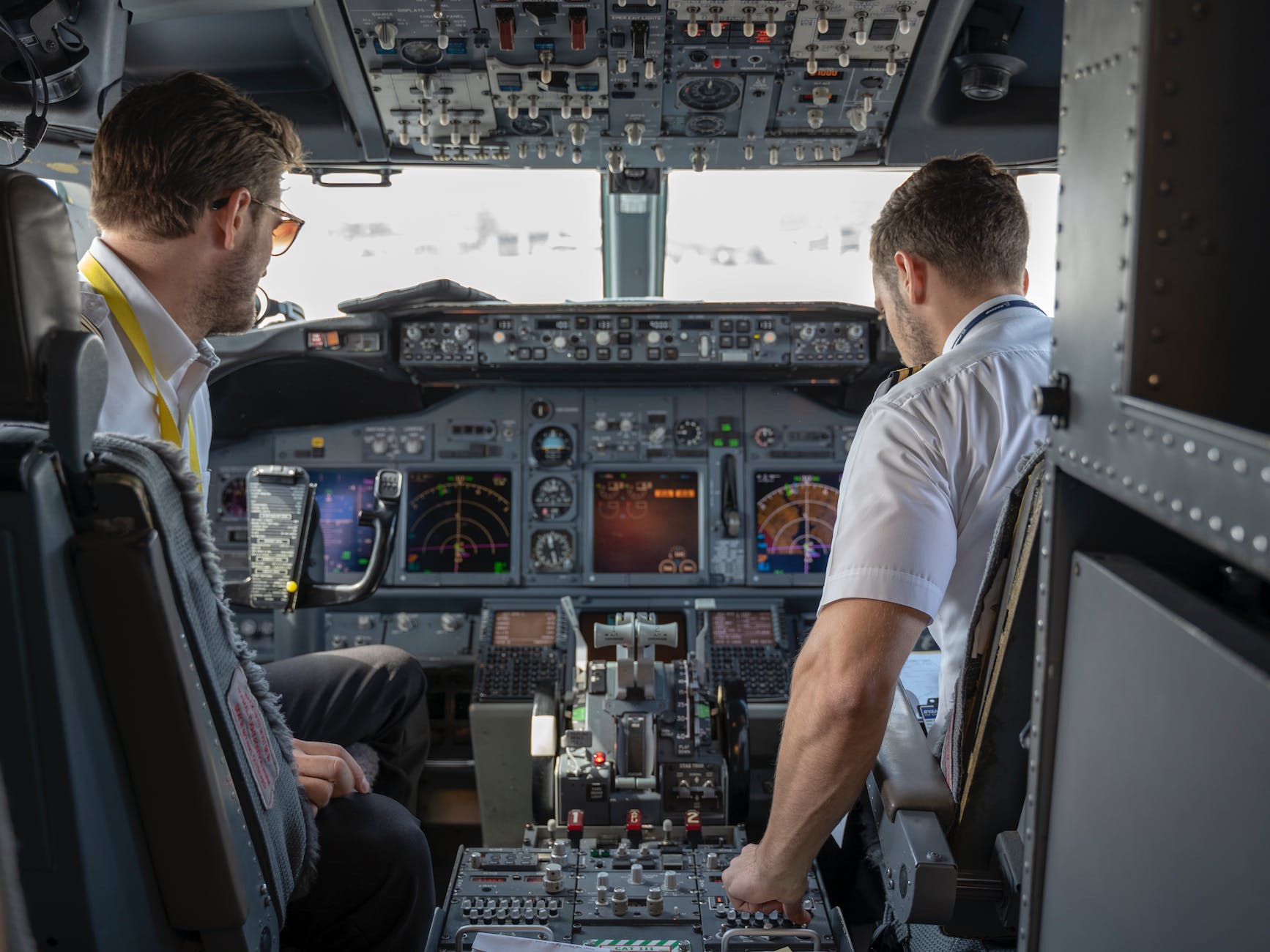
Aviation Safety: Soaring Above the Skies with Confidence
Introduction
Aviation Safety : Aviation, the marvel of human engineering and innovation, has brought people closer together and made the world seem smaller. Yet, beneath the beauty of flight lies a paramount concern: safety. In this article, we will delve into the intricacies of aviation safety, exploring its evolution, current standards, and the crucial role it plays in ensuring passengers and crew reach their destinations safely.
The History of Aviation Safety
From the Wright brothers’ historic flight in 1903 to today’s advanced aircraft, aviation has come a long way. However, the road to achieving a high level of safety in aviation was marked by numerous challenges and tragedies.
Early Days of Aviation
In the early days of flight, aircraft were inherently risky. Crashes and accidents were common, primarily due to limited knowledge, technology, and regulations. Pioneers in aviation had to learn from their mistakes, pushing the boundaries of safety one flight at a time.
Milestones in Aviation Safety
The mid-20th century witnessed significant milestones in aviation safety. The introduction of radar systems, black boxes, and stringent regulations paved the way for a safer aviation industry. These developments aimed to prevent accidents and improve the chances of survival in case of mishaps.
Modern Aviation Safety Measures
Fast forward to the 21st century, and aviation safety has reached unprecedented heights. The aviation industry invests heavily in advanced technologies and comprehensive safety protocols to ensure passenger well-being.
Stringent Regulations
Government agencies, such as the Federal Aviation Administration (FAA) in the United States, enforce strict regulations that cover everything from aircraft maintenance to pilot training. These regulations are designed to eliminate risks and maintain high safety standards.
Advanced Aircraft Technology
Modern aircraft are equipped with cutting-edge technology, including automated systems and redundant safety features. These advancements reduce the likelihood of accidents caused by human error and mechanical failures.
The Human Factor in Aviation Safety
While technology plays a vital role, human factors remain at the core of aviation safety. Skilled and well-trained pilots, air traffic controllers, and ground personnel are essential for ensuring safe flights.
Pilot Training and Experience
Pilots undergo rigorous training and accumulate hours of flying experience before taking command of commercial flights. This training includes simulating emergency situations, ensuring pilots can respond effectively under pressure.
Air Traffic Control
Air traffic controllers play a critical role in guiding aircraft safely through the skies. Their training and coordination with pilots are crucial for preventing collisions and ensuring smooth operations at airports.
The Importance of Maintenance
Aircraft maintenance is non-negotiable when it comes to safety. Regular inspections, repairs, and adherence to maintenance schedules are paramount in preventing mechanical failures that could lead to accidents.
Conclusion
Aviation safety has evolved significantly over the years, with technology, regulations, and human expertise working in harmony to minimize risks. Passengers today can board flights with confidence, knowing that aviation safety is a top priority.
FAQs (Frequently Asked Questions)
- Is flying safer than driving?
- Yes, statistically, flying is safer than driving. Aviation safety measures and regulations contribute to this fact.
- What is a “black box” in aviation?
- A “black box” is a flight data recorder that records information about an aircraft’s performance and conversations in the cockpit. It helps investigators determine the cause of accidents.
- How do pilots handle turbulence?
- Pilots are trained to navigate turbulence safely. They may change altitude or course to find smoother air and ensure passenger comfort.
- What are the most common causes of aviation accidents?
- The most common causes of aviation accidents include pilot error, mechanical failures, and adverse weather conditions.
- Can passengers influence aviation safety?
- Passengers can contribute to safety by following crew instructions, stowing baggage properly, and remaining seated with seatbelts fastened during turbulence.
In conclusion, aviation safety is the result of continuous improvements, stringent regulations, and the dedication of aviation professionals. As we continue to advance in technology and knowledge, the skies remain a safer place for all who embark on the adventure of flight.